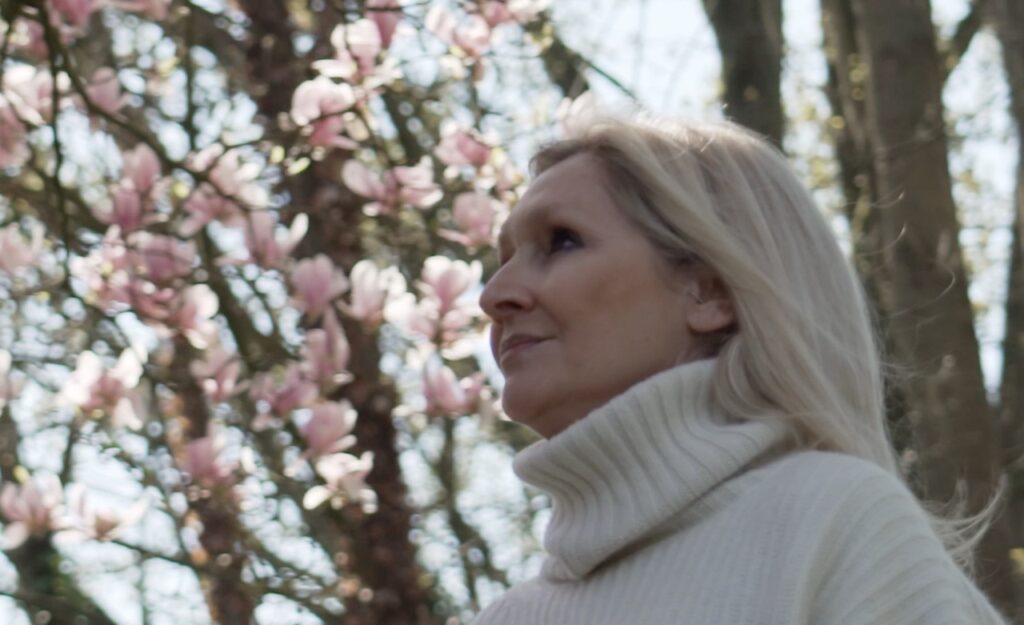
Emmanuelle’s story: early detection and lung cancer surgery
Emmanuelle, a 57-year-old woman from Roubaix in France, had been a smoker for years. For two years before she stopped, she had thought about getting a scan to check if anything was wrong with her lungs, but she did not know how to access one.
When she learned about the CASCADE programme, a lung cancer screening initiative led by Professor Marie-Pierre Revel, SOLACE Project lead for France, she called the same afternoon. Two weeks later, she had her first CT scan – a type of scan that takes detailed images of the lungs.
Watch to hear Emmanuelle’s story in her own words:
From testing and diagnosis to surgery and recovery
The screening team called Emmanuelle back for additional tests. The scan had identified something that required further investigation – an adenocarcinoma, a type of cancer that was present in her lung.
What followed was a thorough investigation. Emmanuelle had a PET scan to check if the cancer had spread, a brain MRI, and a bronchoscopy – a procedure where doctors examine the airways using a thin, flexible tube with a camera. She then faced a three-month wait to see whether the tumour would grow. The anomaly was detected by a radiologist using artificial intelligence to assist the reading.
The tumour was in Emmanuelle’s lower left lung lobe. Her surgeon was able to remove the entire lobe using minimally invasive surgery, which means making smaller incisions and, often, a quicker recovery.
Emmanuelle’s recovery progressed well. She was able to get up and sit in a chair the day after surgery, and by the second day, she was managing her personal care independently. Her treatment plan did not require chemotherapy or radiotherapy – only regular check-ups. After the operation, her surgeon was able to confirm that Emmanuelle was cancer-free.
Why lung cancer screening matters
Emmanuelle’s story shows why catching lung cancer early matters. Because her cancer was found earlier through a low-dose CT scan, before it had spread or grown, doctors could treat it successfully.
Learn more about:

